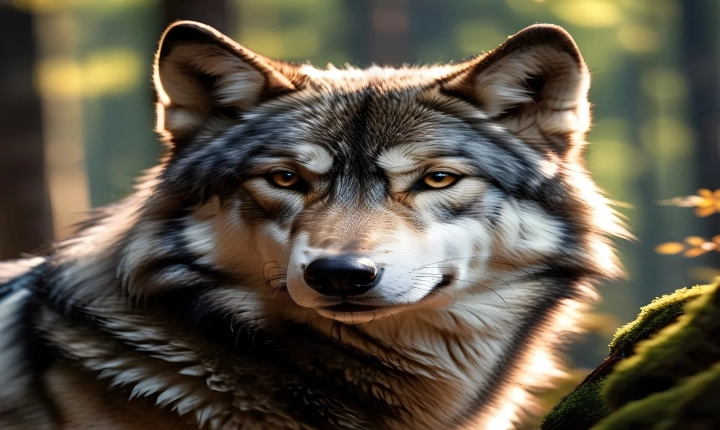Title: How to Train AI Video Analysis: A Comprehensive Guide
Introduction
Artificial intelligence (AI) has revolutionized video analysis by enabling machines to understand, interpret, and extract valuable insights from visual data. AI-powered video analysis has applications in various fields, including security surveillance, healthcare, autonomous vehicles, and entertainment. Training AI to perform video analysis requires a systematic approach that involves data collection, annotation, model development, and evaluation. In this article, we will delve into the essential steps and best practices for training AI for video analysis.
Step 1: Data Collection
The first step in training AI for video analysis is to collect a diverse and comprehensive dataset. The dataset should encompass a wide range of visual scenarios, lighting conditions, camera perspectives, and objects of interest. For example, in the context of security surveillance, the dataset may include footage of people, vehicles, and various events captured from different angles and environments. Data collection may involve setting up cameras, sourcing existing video footage, or utilizing publicly available datasets. It is crucial to ensure that the dataset is representative of the real-world scenarios that the AI model will encounter.
Step 2: Data Annotation
Once the dataset is acquired, the next step is to annotate the video frames with the relevant labels and metadata. Annotation involves marking and categorizing objects, actions, and events within the video frames. This process provides the ground truth data that the AI model will learn from. Annotation can be done manually by human annotators or using semi-automated tools that leverage computer vision algorithms. High-quality annotation is crucial for training AI models accurately and ensuring their ability to recognize and analyze visual content effectively.
Step 3: Model Development
After the dataset is annotated, the next step is to develop an AI model for video analysis. This typically involves using deep learning frameworks such as TensorFlow, PyTorch, or Keras to build and train neural network models. Depending on the specific video analysis tasks, such as object detection, action recognition, or behavior analysis, different types of model architectures may be employed, such as convolutional neural networks (CNNs) and recurrent neural networks (RNNs). Transfer learning, a technique that leverages pre-trained models and fine-tunes them on specific video analysis tasks, can also be beneficial in reducing the need for large-scale training data.
Step 4: Training and Evaluation
Once the model is developed, it is trained using the annotated video dataset. Training involves optimizing the model parameters to minimize the difference between its predictions and the ground truth annotations. It is essential to monitor the model’s performance during training and fine-tune the training process to prevent overfitting or underfitting. After training, the model’s performance is evaluated using separate validation and test datasets to assess its accuracy, precision, recall, and other relevant metrics. Iterative refinement of the model based on evaluation results may be necessary to achieve the desired level of video analysis capability.
Best Practices for Training AI Video Analysis
– Ensure diversity and representativeness in the training data to capture a wide range of visual scenarios.
– Use scalable and efficient annotation tools and processes to label large video datasets accurately.
– Leverage transfer learning and pre-trained models to expedite the development of video analysis AI models.
– Regularly monitor and fine-tune the training process to prevent overfitting and optimize model performance.
– Evaluate the model comprehensively using various metrics and real-world testing scenarios to confirm its suitability for practical use.
Conclusion
Training AI for video analysis is a complex and iterative process that requires careful orchestration of data collection, annotation, model development, and evaluation. By following the essential steps and best practices outlined in this guide, developers and researchers can build robust and effective AI models for analyzing video content across diverse applications. As AI continues to advance, the capabilities of video analysis will further expand, opening up new possibilities for enhancing security, healthcare, entertainment, and beyond.
